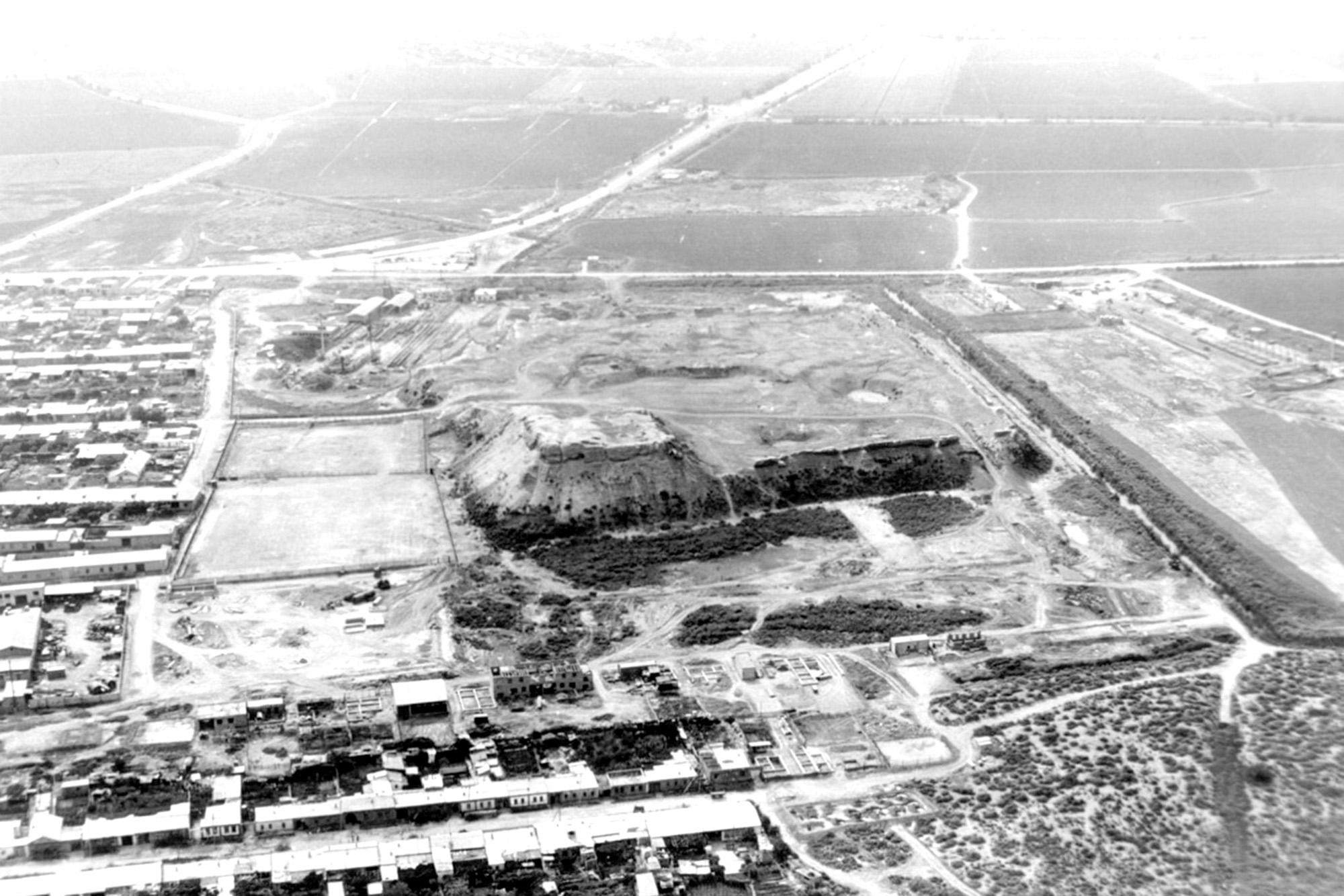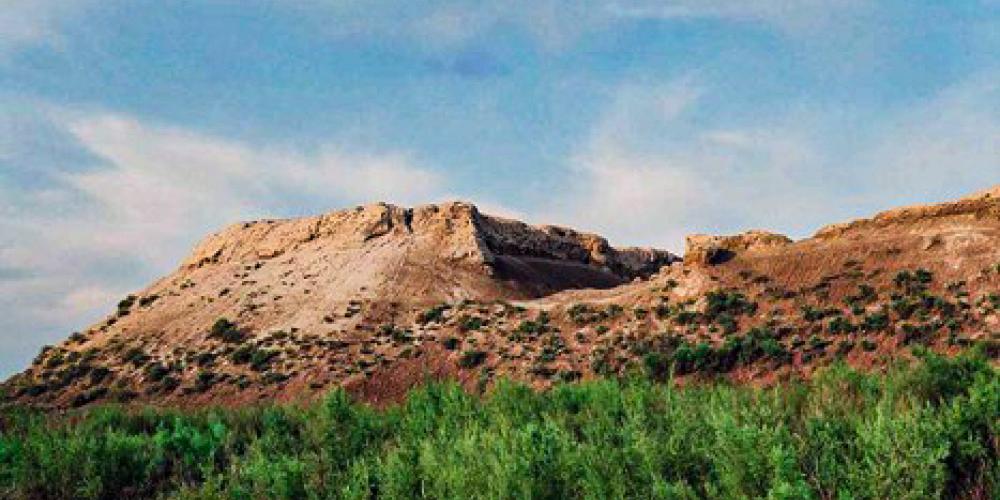Amul

On the outskirts of the urban centre of modern Turkmenabad, an ancient fortress rises up from the ground. The roughly square-shaped structure, about 250 metres on each side, is more than 20 metres high and contains a number of important ruins that were built on the large platform. There may not be too much left, but this is the most significant part that remains of one of the main Silk Roads cities of the region.
The city was called Amul. It was founded in the first century but remained a relatively small settlement until it was revived after the Arab conquest, growing into a large and wealthy trading centre by the 9th century. It had the advantage of being strategically located at a convenient point to get over the Amudarya River, so benefited from controlling who could make the crossing. It was also where two international routes met – one by land from Merv to Bukhara and China, and one along the river itself from India through Afghanistan.

During this period of prosperity, Amul had a fortified city centre called a shakhristan, which is the elevated section you can still see today. Surrounding it would have been a sprawling outer town and three entry gates. The shakhristan was divided into four sections by two perpendicular streets and these sections were used for different purposes, with inhabitants grouped by characteristics like their professions, class, or ethnicity. In the northwestern quadrant, for example, you can see there is an area that's built ten metres higher than the rest of the platform.

In 1220, Amul was destroyed by the Mongols but it was eventually revived and became a dominant centre again by the 15th century, although it had been renamed Charjui by this point. To try to picture how it was back then, you need to imagine colourful bazaars bustling with merchants, travellers passing through from all across the world, and a large suburban area spreading out from the elevated and fortified city centre. It may not be a busy hub these days, but it is an excellent opportunity to see the urban planning and some of the architectural concepts of a Silk Roads trading settlement from before the Arab conquest.

